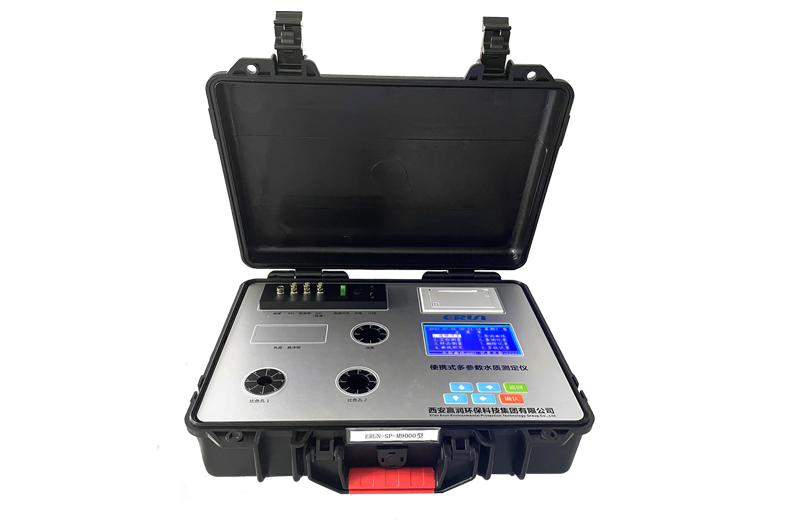The standards and limits of heavy metal detection indicators for seawater are an important basis for ensuring the health of marine ecosystems, protecting marine biodiversity and safeguarding the safety of seafood for human consumption.According to the Standard for Seawater Quality (GB 3097-1997), China has set clear limits for heavy metal content in seawater, which are divided into four categories according to the functional zoning of different sea areas, and each category has its own specific protection objectives and corresponding water quality requirements.

When conducting seawater heavy metal monitoring, the main heavy metal elements of concern include, but are not limited to, mercury (Hg), cadmium (Cd), lead (Pb), copper (Cu), zinc (Zn), nickel (Ni), and chromium (Cr).
For Class I seawater, this is the most stringent category and applies to specially protected areas such as marine protected areas and rare and endangered marine life conservation areas.The limits for heavy metals in such waters are extremely stringent to ensure that even in the most sensitive environments there are no adverse effects on human health or ecosystems.Example:
- Mercury: ≤ 0.05 ppb
-Cadmium: ≤ 1 ppb
- Lead: ≤ 1 ppb
- Copper: ≤ 5 ppb
Class II seawater is suitable for general fisheries water use areas, swimming areas and recreational water use areas in direct contact with humans.The heavy metal limits for this category of marine waters have been relaxed relative to Category I, but still need to be kept low to ensure public health and ecosystem stability.Example:
- Mercury:≤ 0.1 ppb
- Cadmium:≤ 2 ppb
- Lead:≤ 5 ppb
- Copper:≤ 10 ppb
Category III seawater is suitable for non-sensitive areas such as harbours and industrial water areas.Higher levels of heavy metals are permitted in these types of sea areas, but they still need to be kept within certain limits to prevent long-term accumulation leading to environmental problems.for example:
- Mercury:≤ 0.5 ppb
- Cadmium:≤ 5 ppb
- Lead:≤ 10 ppb
- Copper:≤ 20 ppb
Category IV seawater is applicable to ocean dumping areas, heavily polluted sea areas, etc.This type of sea has the highest heavy metal limits, but even so, the requirements of relevant national laws and regulations must be followed to gradually improve water quality.Example:
- Mercury:≤ 1 ppb
- Cadmium:≤ 10 ppb
- Lead:≤ 20 ppb
- Copper:≤ 50 ppb
It is worth noting that in practice, in certain specific areas or under special conditions, local environmental protection authorities may set more stringent heavy metal limits according to the actual local situation.For example, studies in the South China Sea have found that the levels of certain heavy metals in surface seawater exceed our standard limits for seawater quality in category III, indicating the need to strengthen monitoring and management in the region.In addition, the Technical Guidelines for the Derivation of Marine Biological Water Quality Benchmarks (for Trial Implementation) suggest that, in order to better protect China's marine ecosystems and scientifically revise the standard limits for chemical indicators in the Seawater Quality Standards, it is necessary to formulate the corresponding technical guidelines.